This site uses cookies.
Mechtex uses cookies to enhance your browsing experience, analyze site traffic, and improve our services. By continuing to use our website, you consent to our use of cookies. To learn more, read our Privacy Policy.
A permanent magnet stepper motor is a type of electric motor that converts electrical pulses into discrete mechanical movements. One of the main advantages of permanent magnet stepper motors is their simplicity and reliability. This makes them more energy-efficient and eliminates the need for maintenance associated with electromagnet coils. High torque PM stepper motors also offer high accuracy and low-speed capabilities which find applications in various fields that require precise positioning or motion control, low-speed operation, and simple control interfaces. The PM stepper motor comes in a variety of types and sizes from Mechtex, making it simpler for you to pick the ideal motor for your needs. The highly customizable nature of Mechtex's permanent magnet synchronous motors enables clients to choose a variety of variables, including motor size, winding topologies, and mounting options, to guarantee that the motor satisfies their particular demands and specifications. Mechtex is a dependable PM stepper motor manufacturer because of our dedication to providing high-quality goods and services. We also offer technical support to clients to assist them in choosing the best motor for their needs and resolving technical problems.
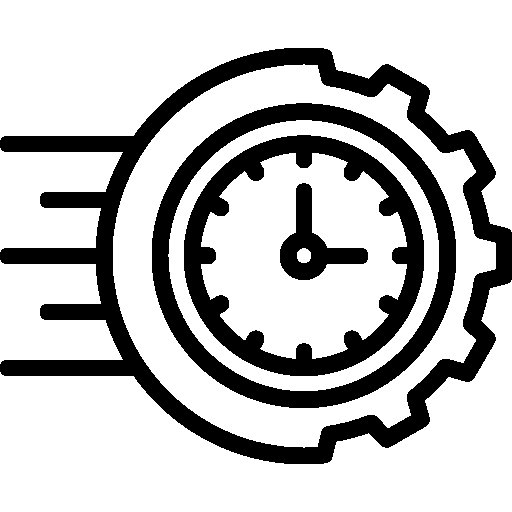
Allows precise control, simplifying operation and enhance performance of various applications

Ensuring consistent performance, minimizing downtime, and increasing overall productivity and satisfaction

Ensures accurate control, enables reliable and repeatable movements, crucial for automation, and precision applications
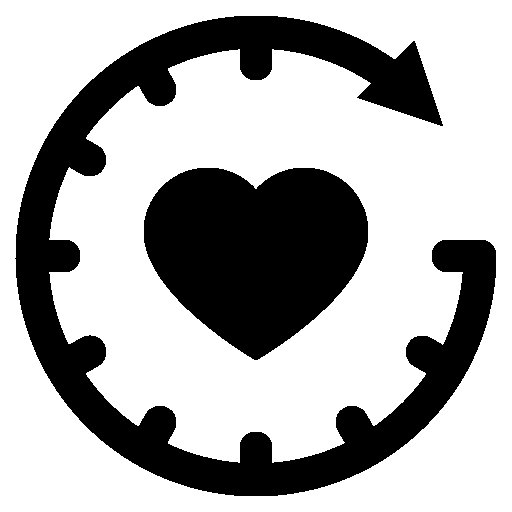
Ensure durability and reliability to providing long-lasting performance for applications
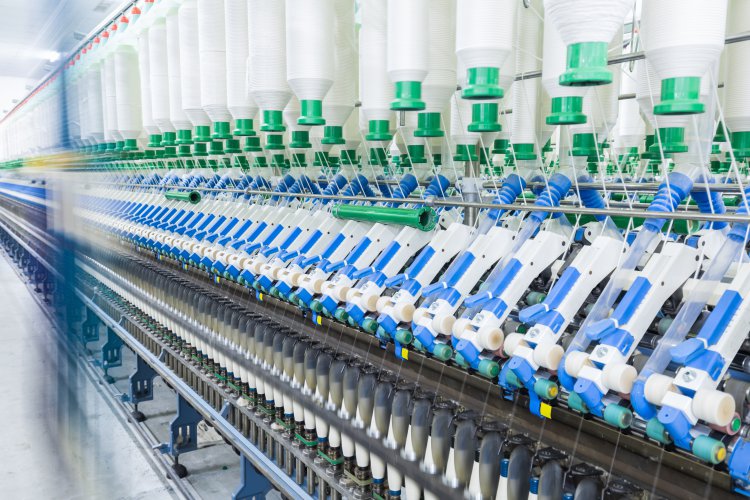

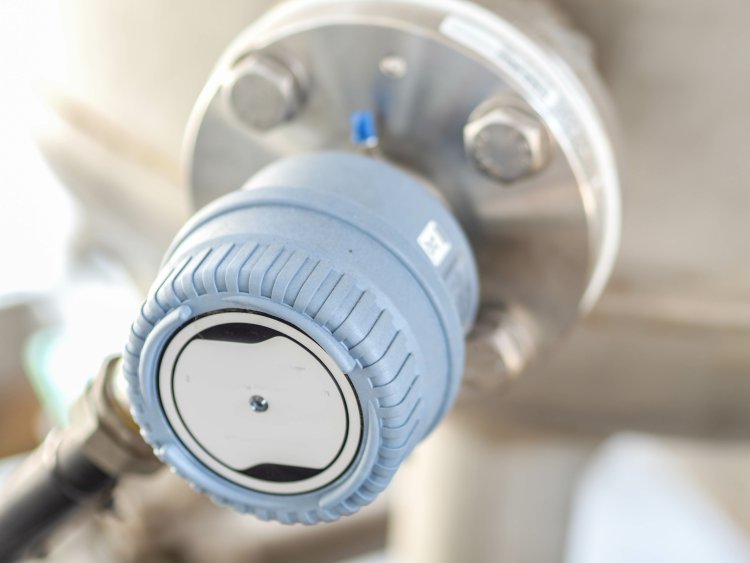
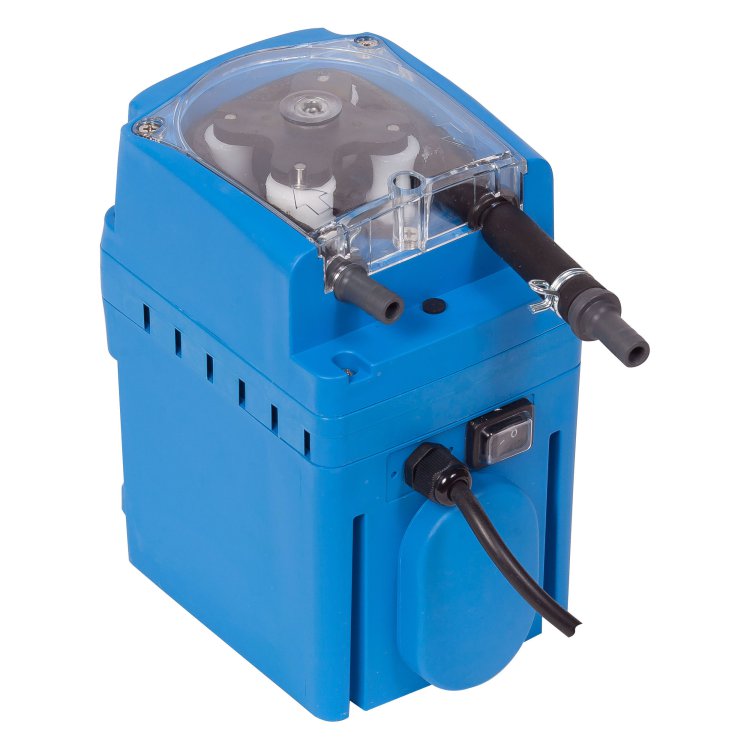

EL-108, Electronic Zone, Mahape TTC Industrial Estate, Navi Mumbai - 400709, Maharashtra India








